Description
Key features and aspects of board retaining couplers include:
- Function: The primary function of a board retaining coupler is to secure scaffold boards horizontally to the ledgers or transoms of a scaffolding structure.
- Design: Board retaining couplers typically have a clamping mechanism that grips the scaffold board, holding it securely in place. The design may include bolts, screws, or other fastening elements that can be tightened to create a stable connection.
- Materials: Board retaining couplers are commonly made from durable materials such as steel or aluminum. The choice of materials is crucial to ensure the strength and stability of the coupler.
- Compatibility: These couplers are designed to be compatible with standard scaffold tubes, ledgers, or transoms, allowing them to securely connect scaffold boards in a standardized manner.
- Adjustability: Some board retaining couplers may have an adjustable design to accommodate variations in board thickness or to provide flexibility in scaffold configurations.
- Installation: Proper installation of board retaining couplers is essential for the effective use of scaffold boards. Workers should be trained on the correct procedures for securing the couplers to ensure safety and stability.
- Compliance with Standards: Board retaining couplers, like all scaffold components, should comply with relevant safety standards and regulations to ensure the overall safety of the scaffolding system.
Using board retaining couplers helps create a secure and reliable scaffold platform by preventing scaffold boards from slipping or becoming dislodged during work. This contributes to the overall safety of workers and ensures that the scaffolding structure remains stable and functional. As with all scaffolding components, proper installation, adherence to safety guidelines, and compliance with relevant standards are essential for the integrity and safety of the scaffolding system.

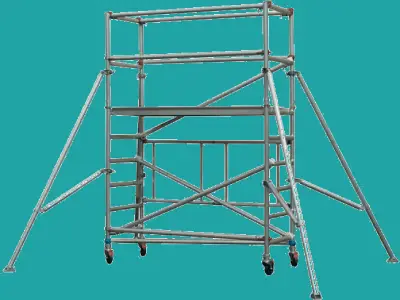


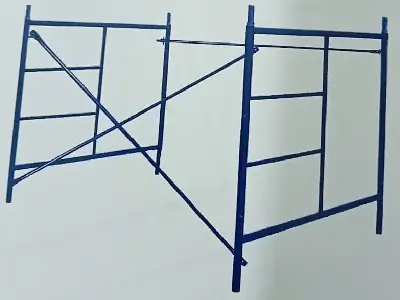






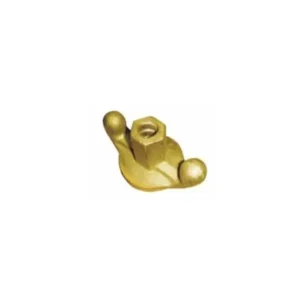

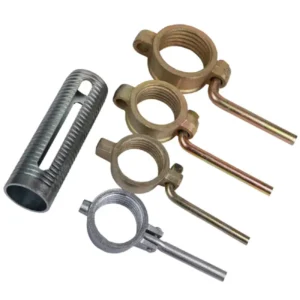
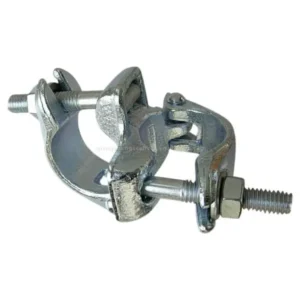

Reviews
There are no reviews yet.